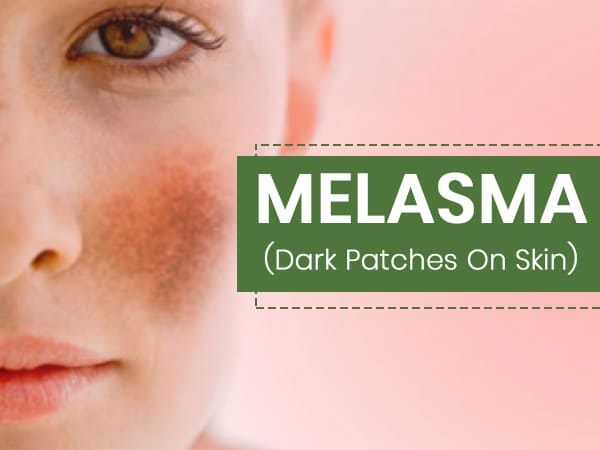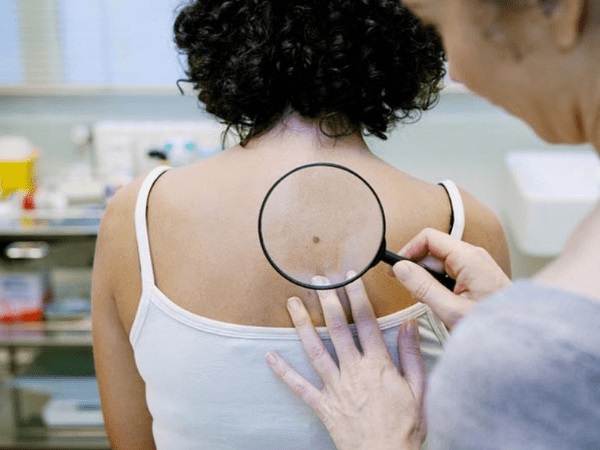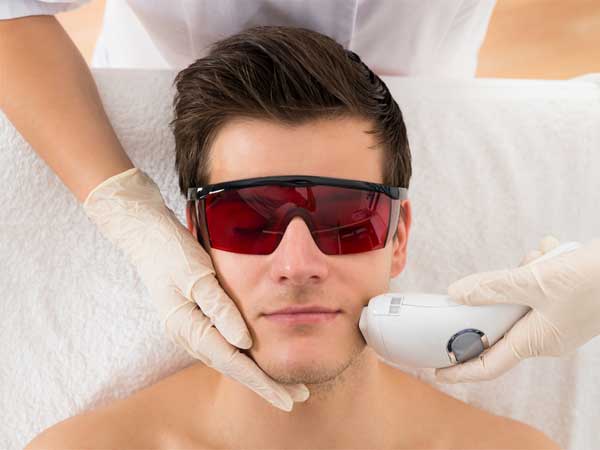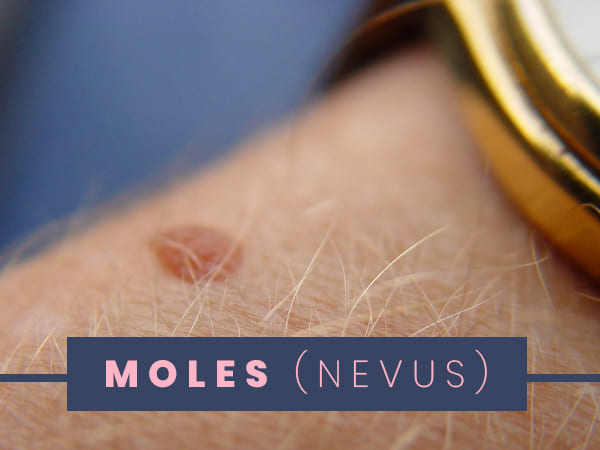Disorders Cure
oi-Shivangi Karn
Moles, medically termed as nevus, nevi or melanocytic nevi, are common skin growth or small lesions of the skin that can grow anywhere on the body such as scalp, lips, ears, cheeks, eyelids or genitals.
They are of various shapes, colours and sizes. Some are small while some are big, some are flat while some are raised and some are black while some can be brown, pink, red, colourless or skin-toned.
Some people have a few moles while some can have 30-40 or even more. Moles generally appear during childhood and adolescence but they can appear at any age or as a response to hormonal changes (during pregnancy) and may go or fade away with time.
Moles are harmless and are often considered a sign of beauty. Rarely, they may progress to become cancerous (melanoma). [1] Take a look at the details.
 Skin Abscess: Causes, Symptoms, Diagnosis, Prevention And Treatment
Skin Abscess: Causes, Symptoms, Diagnosis, Prevention And Treatment
Types Of Moles
- Congenital moles: They are present at birth and are mostly benign (non-cancerous). [2]
- Atypical moles: They are larger, odd-shaped and of mixed colour. These moles can increase the risk of melanoma (a type of skin cancer).
- Spitz nevus: These moles may bleed and are mainly pink and raised. They have a close resemblance to melanoma.
- Acquired moles: These moles appear after birth and are common in people. If they are more than 50, they may grow to melanoma. [3]
 National Scleroderma Awareness Month: Home Remedies For Scleroderma
National Scleroderma Awareness Month: Home Remedies For Scleroderma

Causes Of Moles
Moles mainly occur as a result of genetic as well as environmental factors like sunlight. The sun-exposed areas in the body are likely to have more moles and if the person also has a family history of the condition, they tend to get more moles compared to others.
Melanin is the natural pigment that gives the skin its colour. Melanocytes are the cells that produce melanin. When the cells grow in cluster or clumps, the melanin increases at certain body parts and form moles. [4]
Congenital moles are present at birth and not caused due to environmental factors.
 Melasma (Chloasma): What Are The 6 Factors That Cause It? Symptoms, Treatments And Prevention
Melasma (Chloasma): What Are The 6 Factors That Cause It? Symptoms, Treatments And Prevention

Complications Of Moles
As aforementioned, many moles are non-cancerous but some melanoma forms and can increase the risk of cancer.
READ RELATED: Vaping Versus Smoking Marijuana: Which Is Better for Your Body?

Diagnosis Of Moles
Moles are generally diagnosed as part of routine checkups. If they are itching, painful, irregular shaped, larger in size, bleeding or highly inflamed, one must visit a medical expert or dermatologist for a diagnosis.
The expert views the shape, size and nature of the mole and if they suspect signs of malignancy (cancer), they send a person for further treatment.
 Is Hyperpigmentation A Serious Skin Condition? Know About The Causes, Treatments and Prevention
Is Hyperpigmentation A Serious Skin Condition? Know About The Causes, Treatments and Prevention

Treatment Of Moles
The treatment methods for moles include:
- Surgery: It includes removing the moles surgically. The mole is then diagnosed for malignancy and if the result is positive, other tests are carried out to find the spread of cancer to other areas followed by effective treatment methods.
- Skin products: It includes lightening creams, bleaching products or chemical peels to fade, lighten or completely remove the moles.
- Laser treatment: Removal of moles based on people’s choice. [6]

How To Prevent
Preventive measures are mainly to limit the progression of moles to melanoma and they include:
- Watching the changes in the moles, especially if you have a family history for the condition.
- Protect the skin from sunlight, especially during the sun peak times
- Always wear sunscreen while going out in the sun.
- Cover the sun-exposed areas like the face and hands with hat and gloves.
- Avoid tanning lamps or beds.
- Keep the area clean and moisturised where the moles are present.

Common FAQs
1. What is a cancerous mole look like?
Cancerous moles are mainly irregular shaped, of multiple colours (pink or red) and larger, about the size of a pea. If you find any such symptoms, visit a medical expert soon.
2. Are Raised moles bad?
Raised moles are a sign of melanoma. They become a concern when you observe changes in their size (increasing) and colour. They are also a concern if they cause itchiness or pain.
GET THE BEST BOLDSKY STORIES!
Allow Notifications
You have already subscribed
Source: boldsky blog










